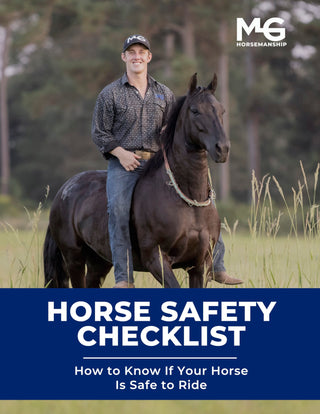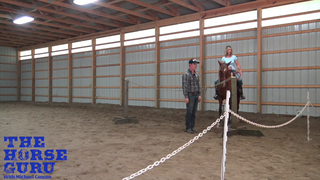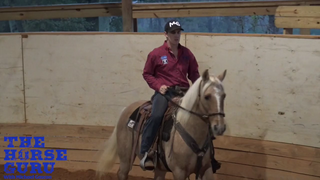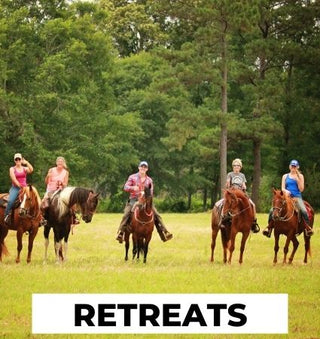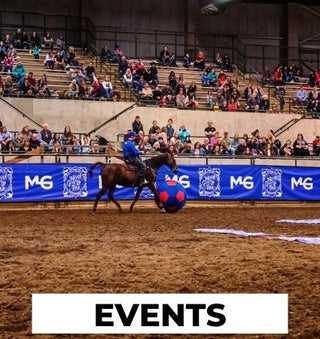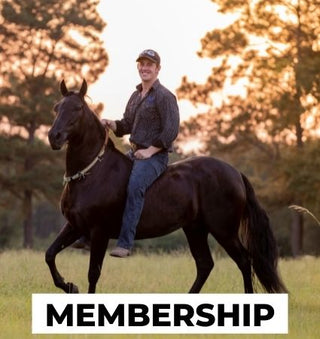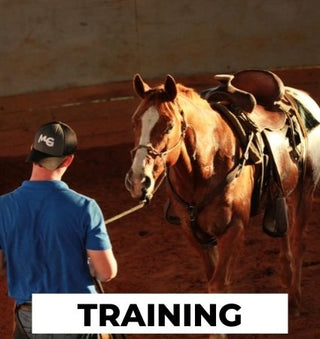Watch the Video Here or continue reading below!
Adjusting a curb chain properly is essential for ensuring your horse's comfort, responsiveness, and overall performance. Whether you’re working with a gaited horse, a dressage horse, or transitioning your horse to one-handed riding, the right curb chain adjustment can make a significant difference.
What is a Curb Chain?
A curb chain is a crucial component of certain bridles, designed to apply pressure under a horse’s chin when the reins are engaged. This pressure influences the horse’s head position and responsiveness to cues from the rider.
Understanding the Purpose of Curb Chain Adjustments
The way you adjust a curb chain depends on your riding goals. The key factors to consider include:
- Encouraging a higher head position – Used in disciplines like dressage or for gaited horses.
- Encouraging a lower head position – Common in Western riding and for horses being trained to move with a loose rein.
Proper Curb Chain Adjustment for Different Riding Styles
1. Adjusting for Gaited and Dressage Horses
If you’re training a horse to carry its head higher and push into the bridle:
- The curb chain should be snug against the jaw.
- This setup creates constant contact, allowing the rider to drive the horse forward into the bit.
- The pressure remains steady, which encourages the horse to engage with the bridle rather than seek release.
2. Adjusting for Western Riding and Loose Rein Work
For Western-style riding, where you want the horse to relax and carry its head lower:
- The curb chain should allow two fingers of space between the chain and the horse’s jawbone.
- This looser fit ensures that when you release the reins, the horse feels completely free.
- The big release and loose rein signal to the horse that lowering its head is the correct response.
The Importance of Proper Release
One of the most critical aspects of curb chain adjustment is ensuring the horse understands the difference between engagement and release. When correctly adjusted:
- Engaging the reins cues the horse to respond.
- Releasing the reins should provide clear relief, reinforcing the desired behavior.
If the curb chain is too tight at all times, the horse won’t have an incentive to lower its head, as the pressure remains constant regardless of its position.
Final Thoughts on Curb Chain Adjustments
Understanding how to properly adjust a curb chain is key to effective communication with your horse. Whether you want to build a horse up for more collected movement or encourage relaxation for one-handed Western riding, the curb chain setting plays a pivotal role.
By making small but intentional adjustments, you can enhance your horse’s comfort, performance, and responsiveness. Be mindful of how your horse reacts, and adjust accordingly to maintain clear communication and trust.



